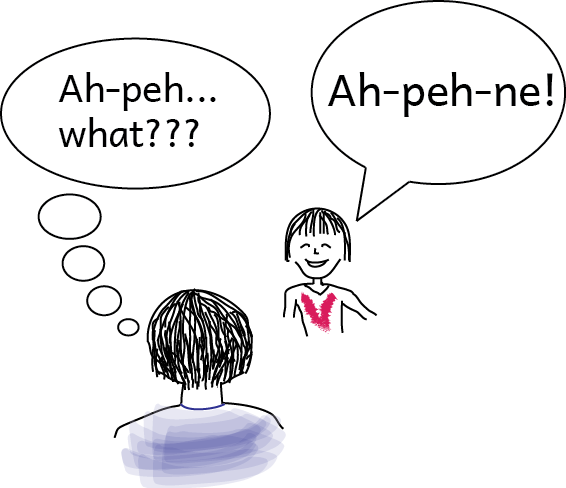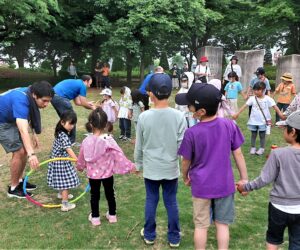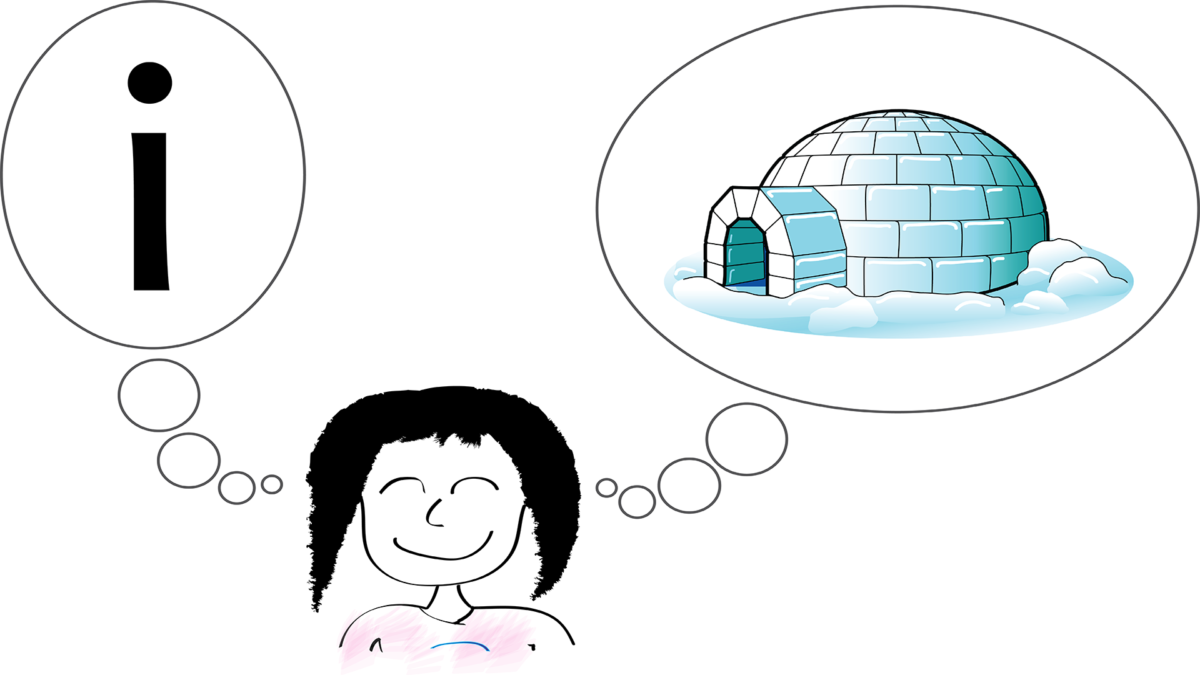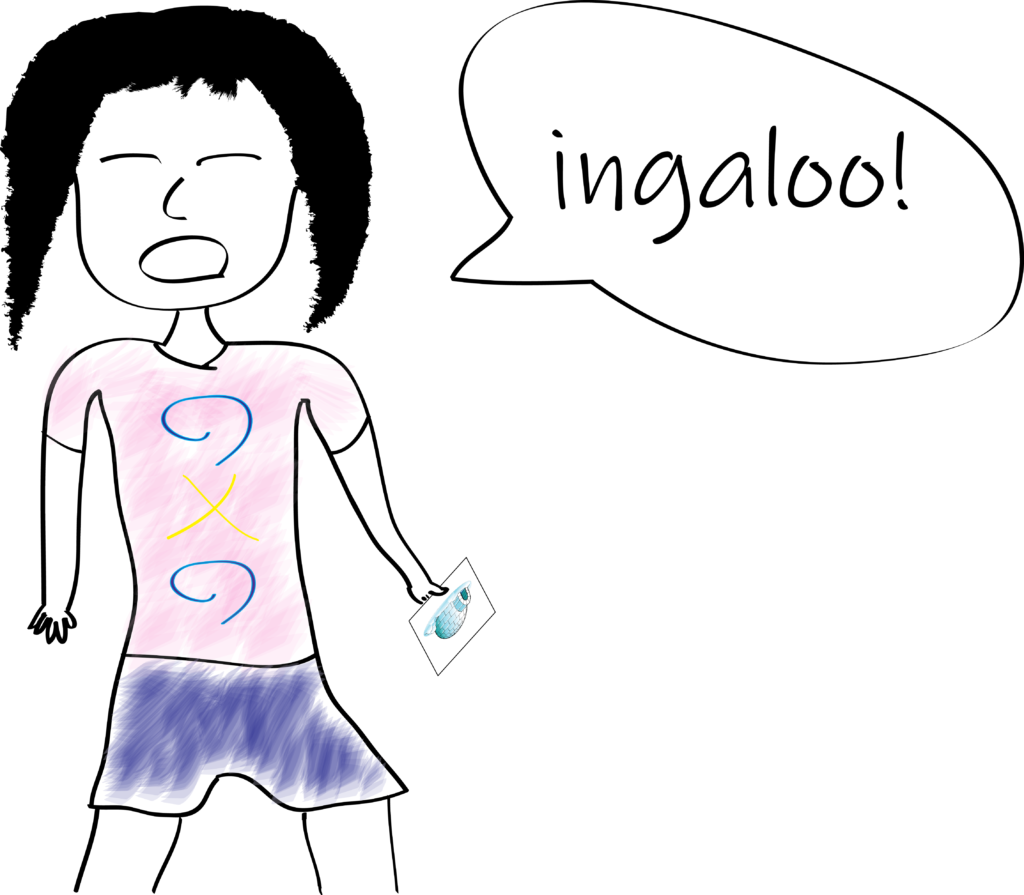A mother yesterday asked an advisor at MY an odd question:
My daughter keeps saying, ‘Ah-peh-ne,’ after eating. I think she’s saying something in English. Do you know what she means?
Stumped, the advisor passed the question to me.
The three-year-old girl has recently had exposure to English through our immersion kindergarten, so it would make sense that she is trying to express something in English, but “Ah-peh-ne”?
Ah-peh-ne? Is that even English?
In my head, I started trying to peel back the layers of phonology, morphology, syntax, and context that intersect in early language acquisition.
Ah-peh-ne? Does that sound like any phrase in English? Nothing sprang to mind.
Break down the sounds. Are these separate words? Do they combine into one or more multi-syllable words? Which sounds is the three-year-old pronouncing correctly? Which sounds is she pronouncing incorrectly? Which sounds is she failing to pronounce? Still nothing.
What do kids typically say at the immersion kindergarten when they are done eating lunch? Ah-hah! My daughter also attended the immersion kindergarten some years ago. This context gave me the hint to what was happening with the child’s phonology and morphology. It took thirty seconds of fumbling to find an answer, but the puzzle pieces had fallen into place.
Ah-peh-ne. I’m finished.
That’s what the girl was saying. It’s what the immersion kindergarten kids are taught to say after lunch. The sounds and syllables match up:
Ah…I’m
peh-ne…finished
The girl was missing the “m” sound in “I’m.” The “p” and “f” sounds are distinguished by one small change in lip position. She dropped the final “sh” and “-ed” sounds. But despite the missing and undeveloped sounds, “I’m finished” is undoubtedly what the girl was saying.
All this girl needs is a little mirroring with the correct pronunciation from her mother or other English speakers, and those small pronunciation mistakes will disappear.
This small moment reiterated to me why we use context and phonics as language teaching foundations at MY.
Without the context that this child said “Ah-peh-ne” after eating meals, the linguistic puzzle would have been almost impossible to solve. Speakers can make all manner of mistakes with language, but we can still be understood because context drives meaning.
Phonics is a useful tool because the phonics teaching method mimics how we develop the sounds of a language from a young age. Children under the age of five are still developing the basic sounds of their native languages. They misprounounce a lot. Little-by-little, through trial and error, with the exercise of muscles when speaking, phonology eventually works itself out for native speakers. For language students without a native background and with limited exposure to a foreign language with radically different phonology, they need targeted exposure to the basic phonemes before they can effectively morph those phonemes into intelligible words and phrases.
Thanks to this three-year-old girl and her mother for giving me a refresher course in how we teach!










